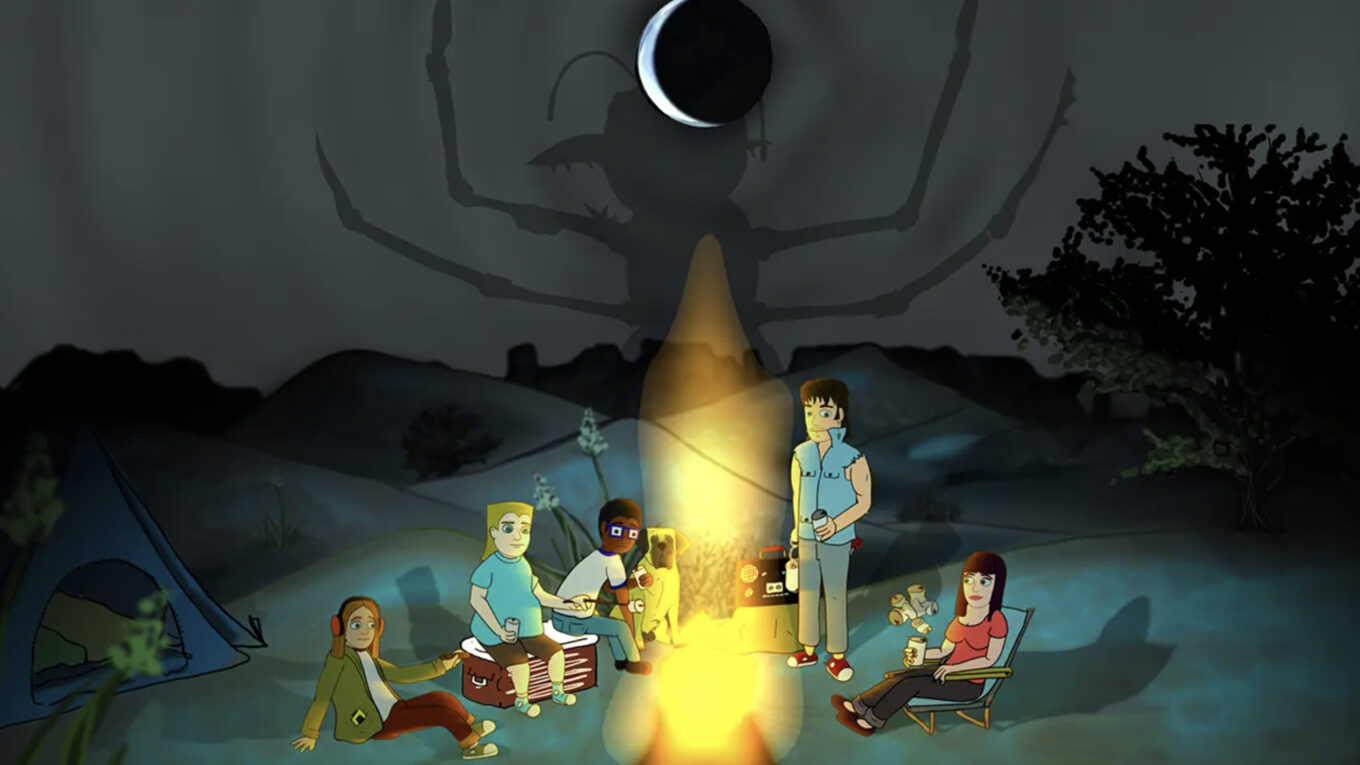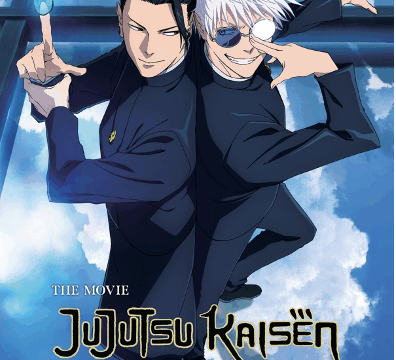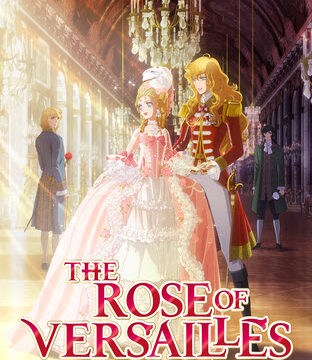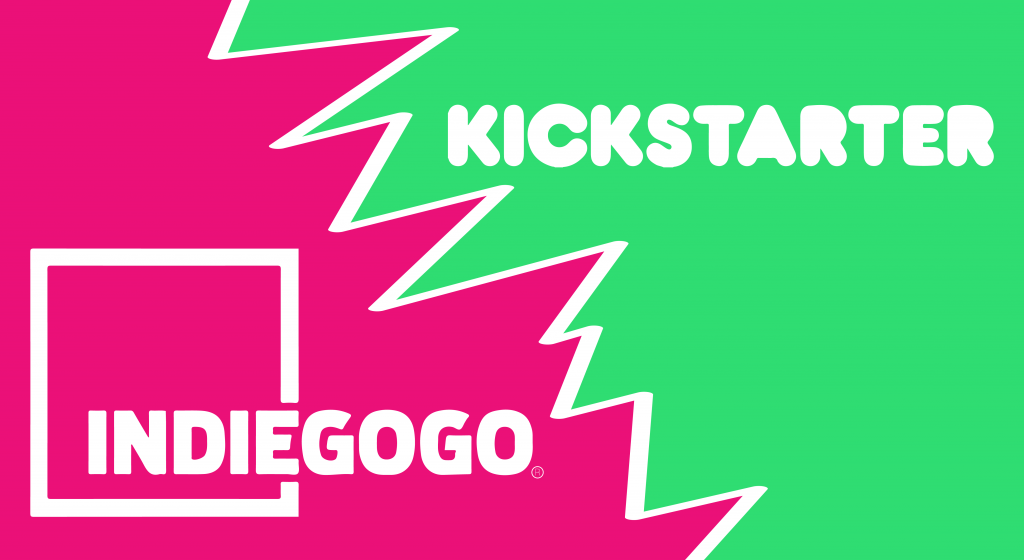[Exclusive Interview] Zach Passero Dishes Campfire Stories On Bringing Indie Animated Horror Film ‘The Weird Kidz’ To Life After Eight Years
In an age where animated feature films look increasingly comparable, there’s a growing necessity for independent bursts of creativity that aim to disrupt the system and usher in something distinctly different. These experimental efforts aren’t always successful, and they inevitably reach only a fraction of the audiences that mainstream fare brings in, but it’s never a bad idea to get more unique voices on display. Zach Passero has spent the last eight years passionately breathing life into his inaugural feature film, The Weird Kidz, a love letter to ‘80s coming of age cinema. The Weird Kidz embraces crude characters through a rugged animation style that allows its script and passionate genre influences to shine. Celebrating its world premiere at 2022’s Brooklyn Horror Film Festival, Zach Passero opens up on what it’s like to finally watch The Weird Kidz with an audience, the unusual development history it’s experienced, and whether this is the last that audiences have seen of Bug Cryptid extraordinaire, the Night Child.
DANIEL KURLAND: The Weird Kidz is a labor of love that took more than eight years to bring to life. Were there any elements that radically changed over the course of this lengthy production?
ZACH PASSERO: Probably the most obvious thing for me was that my animation technique and quality changed about one-third of the way through the project. At that point the level of detail, type of detail in the ‘acting’ of the animation, and the animation itself, just ticked up to a new level. I was doing things in one pass of animation, that would have taken me two or three prior. In order to maintain some sort of cohesiveness, I realized that I would have to loop back around and re-animate a good part of the beginning of the movie. Which is nuts. But I did it.
DK: It’s very impressive that The Weird Kidz has manifested as a feature film, but did you ever consider telling this story through different mediums, whether it was a limited series, a collection of shorts, or even a comic book? Why was a feature-length film the right way to tell this story?
ZP: When I first was conceiving of The Weird Kidz, I considered that it could be episodic, a show. Because of that a lot of the early conceptual beats made sure that small arcs and changes happened in 10 to 20 minute increments. In my mind it made it seem a little more possible, financially and as an undertaking – trying to make it beat by beat, episode by episode. By the time I had finished plotting out the whole of this story for The Weird Kidz, I realized that it really worked best as a fun, tight feature film. I wanted to complete the whole ride.
DK: There’s a very unique art design and aesthetic for the animation in The Weird Kidz. Why was this the right look for this story and were any other styles ever considered?
ZP: The style is very much embedded in a combination of what my personal drawing style is and where my wife and background artist Hannah’s talents lay in painting backgrounds. I did want the character designs to be different from what we are seeing these days in most mainstream animation. With the themes of the story and the ages of the Kidz themselves, I settled on something that was within my style, but also felt like a sketchbook one of the characters may have had. Hannah is very talented and understood the vibe of what I was going for and translated the tone and palate beautifully.
DK: The lore and the design for the insectile “Night Child” are some of my favorite aspects of this film. How were they decided upon and did they go through any revisions throughout production?
ZP: The Night Child was so fun to design and build the logic for. Being that the story was being placed in a more ‘modern’ time, I liked the idea of a creature that would have a large hibernation period in its life-cycle so that it could go dormant and them pop up much later in time. I think it also allowed for it to become lore for the people that lived in the area that it ’terrorized’ instead of something they had to constantly deal with.
The initial design of the Night Child itself came from a real incident while camping with some friends. It was an all night campfire hang, and suddenly in the late hours of the night, this thing crawled out of the fire pit. It looked almost like it had a fetus face and smooth human-like skin. It freaked everyone out. The texture and markings just struck something primal in me. They were alien and familiar and disturbing. I sketched it the next day. Many years later I would learn that it was a potato bug, or Jerusalem Cricket. Freaky looking things. That became the initial basis for the Night Child. From there, she evolved with the types of things I was hoping would happen in the story.
DK: The Weird Kidz feels like such a love letter to coming of age teen movies from the 1980s, but what were some of the specific inspirations for The Weird Kidz, both in terms of horror, but also when it comes to animation?
ZP: There is definitely a love of films and influences from that period at play in me. I am a sucker for juvenile delinquent films. So films like Over the Edge and The River’s Edge definitely were part of the recipe. I love gateway horror films that I grew up with like Gremlins, Critters, and The Gate. They have such a fun energy and balance when it comes to horror and comedy. I also wanted The Weird Kidz to feel like a movie that one might have watched at a friend’s house on cable late one night when parents weren’t paying attention.
Those film experiences were so pivotal as a kid growing up. I remember seeing Videodrome at a friend’s house when I was 8. It was like seeing a broadcast from another dimension. The stuff that happened was unlike anything my parents would have let me watch at the time. I hardly understood what was happening, but it definitely rewired my brain and influenced me. The Bill and Ted films are a big influence- I really love and appreciate the sincerity and heart in them.
As far as animation influences, Mike Judge, Bill Plympton, the Liquid Television shorts, all really showed me as I was wanting to become a filmmaker and animator that there was a place for different types of stories and animation styles. Fantastic Planet had a huge impact on me when I saw it–the realization that animated features could be so unconfined. As I became an adult the idea of animation power couples that created together really became romantic like John and Faith Hubley or Sandra and Paul Fierlinger.
DK: Was it difficult to figure out the right balance when it comes to the levels of violence and crude comedy that’s featured in The Weird Kidz? Were these sensibilities ever turned up or toned down during production?
ZP: It was definitely a little tricky. I never wanted to go too far with the gore/horror to offset the fun and heart of the story, and vice versa. I didn’t want the comedy and heart to undermine the scares, shocks, and intensity that I wanted to take the story to.
It was measured by gut feeling through the writing. Once it came to animating, I animated each scene chronologically, so as I came out of each scene and began planning the next, considering where the following scene would be, I did take the liberty to change or shift things in the name of balancing out those elements. Editing as I went along, essentially.
DK: There’s a really fun cast of actors who help bring these characters to life. How was the casting process and what was it like to direct a production of this scope and size for the first time?
ZP: I feel so blessed to have the actors that The Weird Kidz has. Each person brought so much to the table. And their performances really helped push the acting in the animation that I would be drawing. It felt daunting at first, having a fairly large ensemble for an indie animation, but we recorded each actor in their own session so that I could just concentrate on playing with that character with them. As far as casting, I’m fortunate that from my years as working as an editor and working with Lucky McKee, I had assembled in my mind people that had become friends that would ideally play these characters as I wrote. I had met Angela while she had worked on May and we had become friends. Sean Bridgers had become a friend after working on The Woman. Ellar I had met when working on Kevin Ford’s film By The River. Just good people that became part of the family of friends that we love to work with.
For the rest of the cast, I had kept in mind people I had worked with locally in my home town at different points that I knew could do it–Brian Ceely, Glenn Bolton, Sydney O’Donnell. When it came to Dug, that one was a little trickier. I couldn’t think of who could play him, probably because he is the most like I was as a kid. Then it struck me, my sister Tess could play him. Not only did she understand Dug in that way, she also had a film and acting background. We recorded her and it just worked perfectly. She got it.
DK: It seems as if it took a tremendous amount of work to bring The Weird Kidz to life, but what would you say were the greatest challenges that were faced during its production?
ZP: I think the greatest challenge was the marathon aspect of the race. I admittedly went into it a little naive. I had a dream that I wanted to fulfill of making this film with my small bubble of friends and collaborators. Hannah and I were on the verge of having our first child. I thought it would be fun to work on this as we were nesting, becoming new parents. That it would take maybe 3 – 4 years to complete animation. Once life really kicked in, it became apparent that that wasn’t reality.
On top of that, the film first started moving on self funds. But I didn’t have the money to finance something without continuing to work. Add a new family to that and my approach to time changed. I continued to work as an editor on features and learn what it was to be a parent, most importantly to me a present parent, and then animated when those things were done. My days became two shifts–my bread and butter work shift, and then my animation The Weird Kidz work shift after I had been a father and partner and everyone was asleep. Luckily for most of my life I’ve only ever needed about four solid hours of sleep.
Along the way we were fortunate to pick up support in grants, a successful kickstarter, some generous investors in the end to take us past the finish line. I am eternally grateful for that.
DK: Alternatively, what sequence or element from the film are you the most proud of or think best encapsulates the movie?
ZP: I love the scenes of Wyatt and his little brother Dug at the waterfall in the film- the weird sobriety and sensitivity of the moments triggered by the insanity and horror they are going through. I also love the solo scenes of the Night Child and her children. I feel like those moments really started to mean more to me when I approached their animation because I had become a parent myself (twice over by the time we were finishing). I love the scenes with Duana and the Sheriff– such fun weird characters.
It’s safe to say I fell in love with different moments and characters throughout the film as I animated. Each character has been my favorite for stretches of time. Watching the film as a whole, though those are the things that stick out right now. I’m sure it’ll be different as time changes.
DK: Lucky McKee is a big name in horror and he’s a producer for The Weird Kidz. Talk a little on his involvement with the movie and what he helped bring to the picture.
ZP: Lucky is a dear friend. We met in film school at USC. We lived in a big house with our friends- Ben Boyer and Jammes Luckett, who made some killer songs for the film, actually were some of those people living there. Sean Spillane, who composed The Weird Kidz score, had a great band Otto, later Arlo that would play shows there. I digress, but this group of friends that lived together just clicked- worked on one another’s film projects, music projects, art projects. As we all went out into the world to make our lives, we continued to work and create together.
I’ve been working as an editor on Lucky’s films since Red. I absolutely love editing his films. It is such a fun process. At some point around when I was finishing up my first draft of The Weird Kidz, Lucky and his wife had decided to move to El Paso to be closer to Hannah and I. It was time for friends and collaboration. Lucky read the early draft of the script and loved it. He wanted to help me get it ready to do something with it, so we work-shopped it together. Hung out, read it outloud, made note of what was working, what was jamming the flow. By the time that process was done, the script was in really solid shape. Lucky offered to come on in a producer capacity to offer support. From there we started sending out the script to Ellar, Angela, and Sean Bridgers. It wasn’t too long before we were recording voice actors in Lucky’s home. We made a makeshift sound room and Andrew Smetek, the film’s sound designer came down to record the actors. It was a lot of fun.
Lucky really gave The Weird Kidz its first crucial push–making me feel like it was something that was worth the time and effort. Then as the years spread out, he continued to offer encouragement and advice, to keep me going. Our other producer Charles Horak came in as well. They were an immense support system- cheering us on for an insane stretch of years. Essential when the task gets so that you can hardly see the end of it because it is broken up literally into the minutia of frames.
DK: The general reception towards animation has evolved a lot over the past eight years. Did this ever play a factor at all in the film’s development in terms of distribution or the number of people that were willing to take a chance on a film of this nature?
ZP: I love seeing how the universe of animation and the types of animated shows and films that are being distributed has opened up in genre, style, sensibility. It’s beautiful, really. Watching this happen has definitely helped give me hope that there is an audience and place out there for The Weird Kidz.
DK: The animation industry has experienced incredible progress over the past decade and there’s now much more of a space for independent animated features like The Weird Kidz. Has it been exciting to witness this shift? What out of the animation industry has excited or impressed you the most in the past few years?
ZP: I love the different types of stories that we are seeing coming out of this animation renaissance. The stories are showing the depth and emotion of different types of life experiences and genres and lifestyles. It makes me so happy. They are as complex as any other live action or literature, and sometimes moreso. And in that they have the opportunity to really move and connect with their audience. I’ve seen so many special, special series and films in just the last few years. It’s inspiring. I really hope that it continues.
DK: You create such a rich world in The Weird Kidz. Do you have any current plans to add more to this universe and find ways to tell more stories in it, whether they’re in feature films or other means?
ZP: I would love to continue to play in The Weird Kidz universe. It has so much more to offer. I actually started writing and plotting The Weird Kidz with the stories that happen, after the film that I ended up making. So I know where their stories go and how expanded their world really is. It would be a lot of fun and would offer a lot of surprises for an audience that wanted to keep adventuring with them.
DK: What are your future plans after successfully pulling together an animated feature of this scale? Do you want to continue to play around in horror or experiment with different types of genre?
ZP: Right now, I’m in a state of disbelief that we’re actually done. I’m catching up on sleep which feels weird. Haha. I love horror. And I love the liberties that the genre allows for exploration and crossover into other genres. It becomes unpoliced in a way. I really would love to keep going along with The Weird Kidz story. It would continue to play around with horror, but also expand into other genres and influences and sensibilities. It would be a fun mix.





